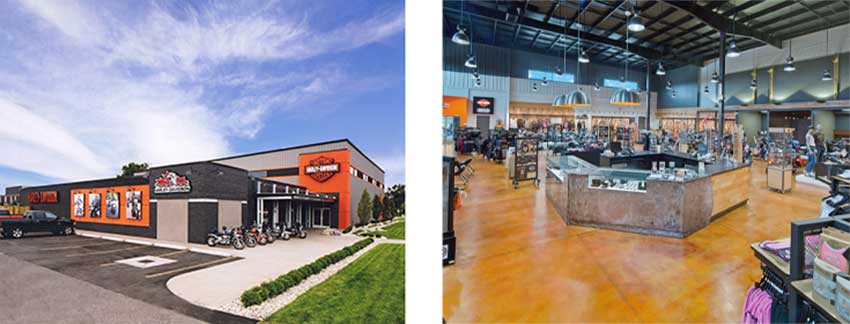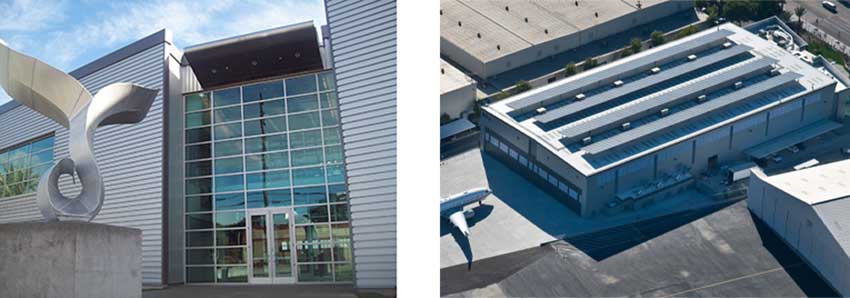Advanced Sustainability Potential Using Metal Building Systems
Renewable Energy Production
In addition to energy conservation measures, LEED provides up to 3 credits for on-site production of renewable energy such as Solar Photovoltaic (PV) solar thermal systems. Such units attached to a metal roof profile provide an exceptional platform for renewable energy production. PV electric and solar water-heating systems are more economical than ever before and offer a ready opportunity to generate on-site renewable energy. Metal buildings that use standing-seam metal roofing provide an ideal platform for such systems due to the ease of mounting PV arrays and the longevity of the standing-seam metal roofing system, both of which translate to significant cost savings. Solar panels are installed on a standing-seam metal roof with clips that lock directly onto the seams and are hidden from view. The clips do not require any penetration of the roof, avoiding any potential for water seepage. Since a metal roof generally provides a service life of 60 years or more, outlasting the PV system (with a typical life of 25-30 years), their use avoids roof replacements during the tenure of most PV arrays.
Materials and Resources
The materials used in any building have an environmental impact throughout their life cycle. LEED and other sustainability programs recognize this in a variety of ways, with metal buildings consistently offering some strong solutions to reducing the impact from the materials used. Four methods are summarized in the following sections.













